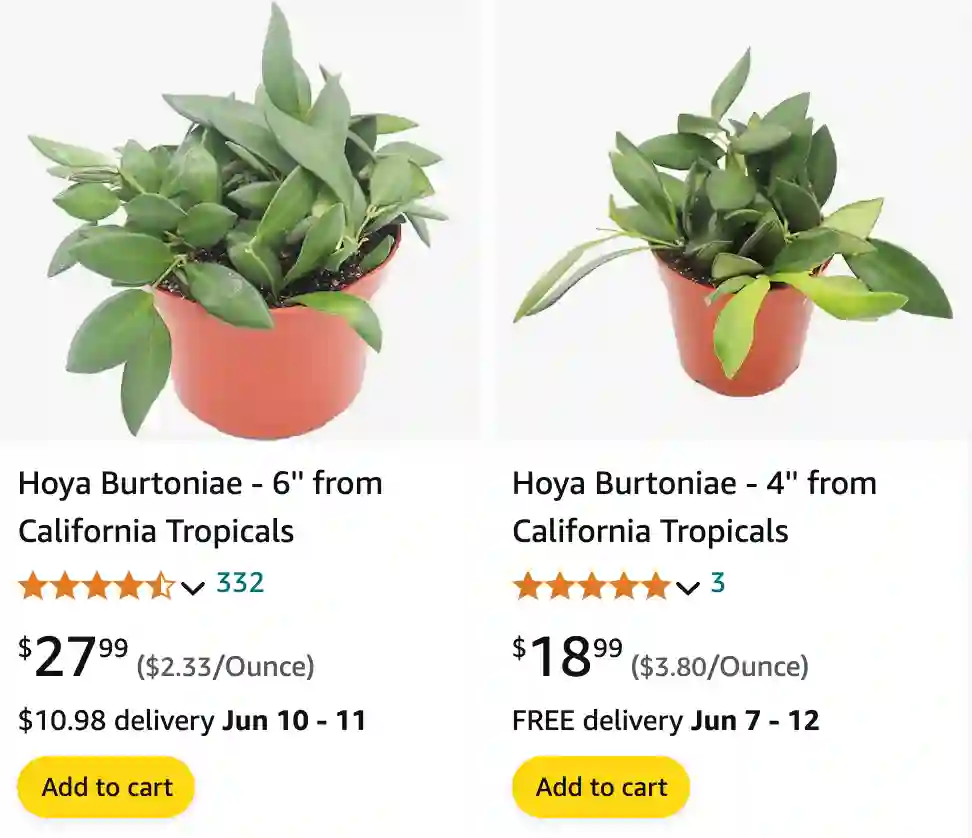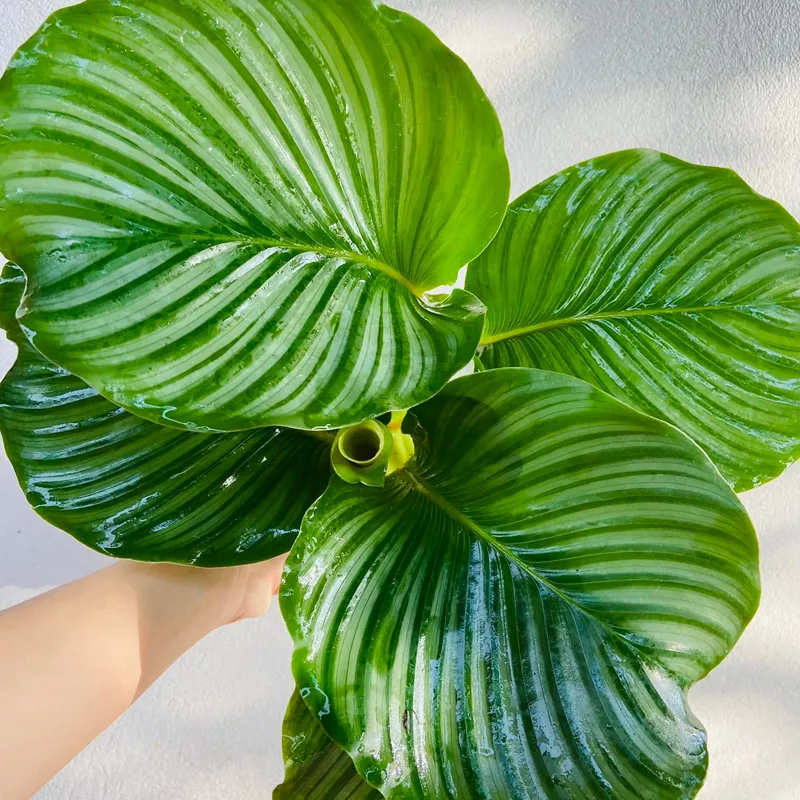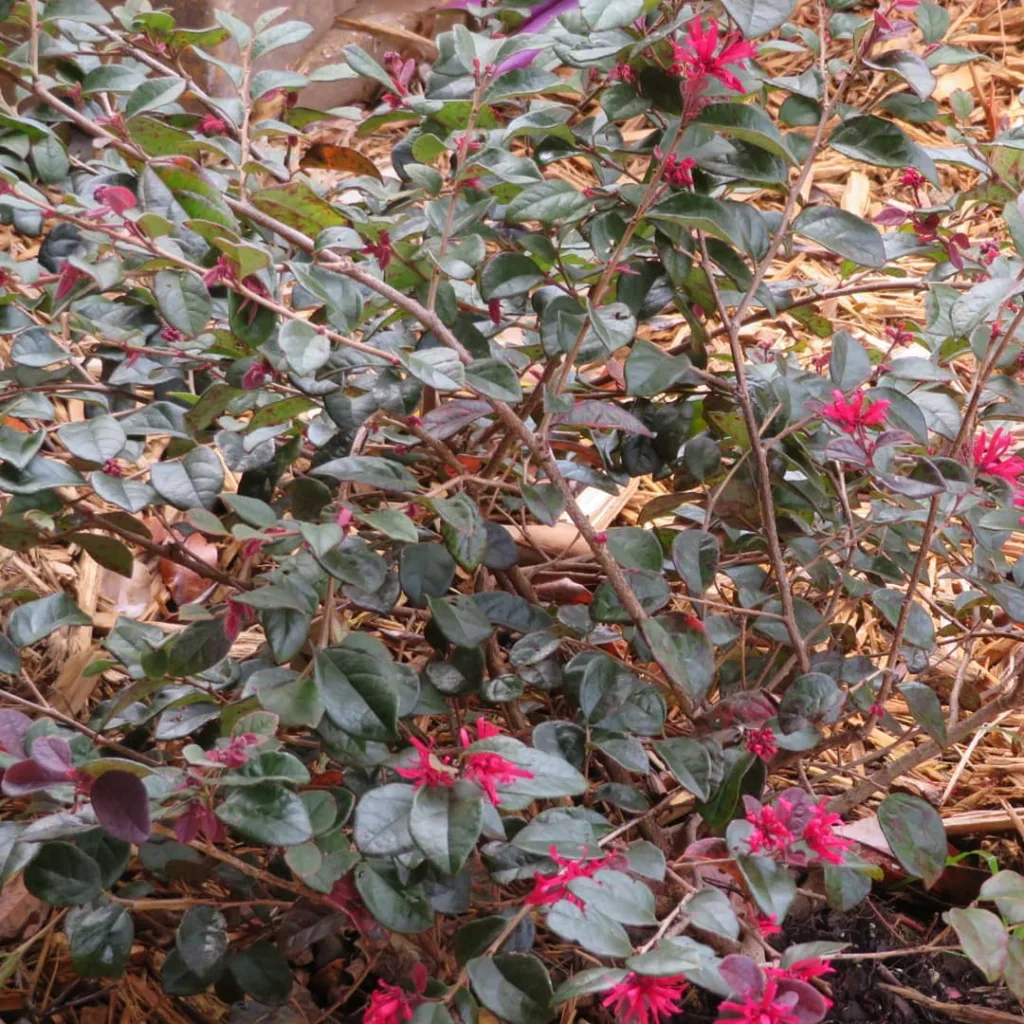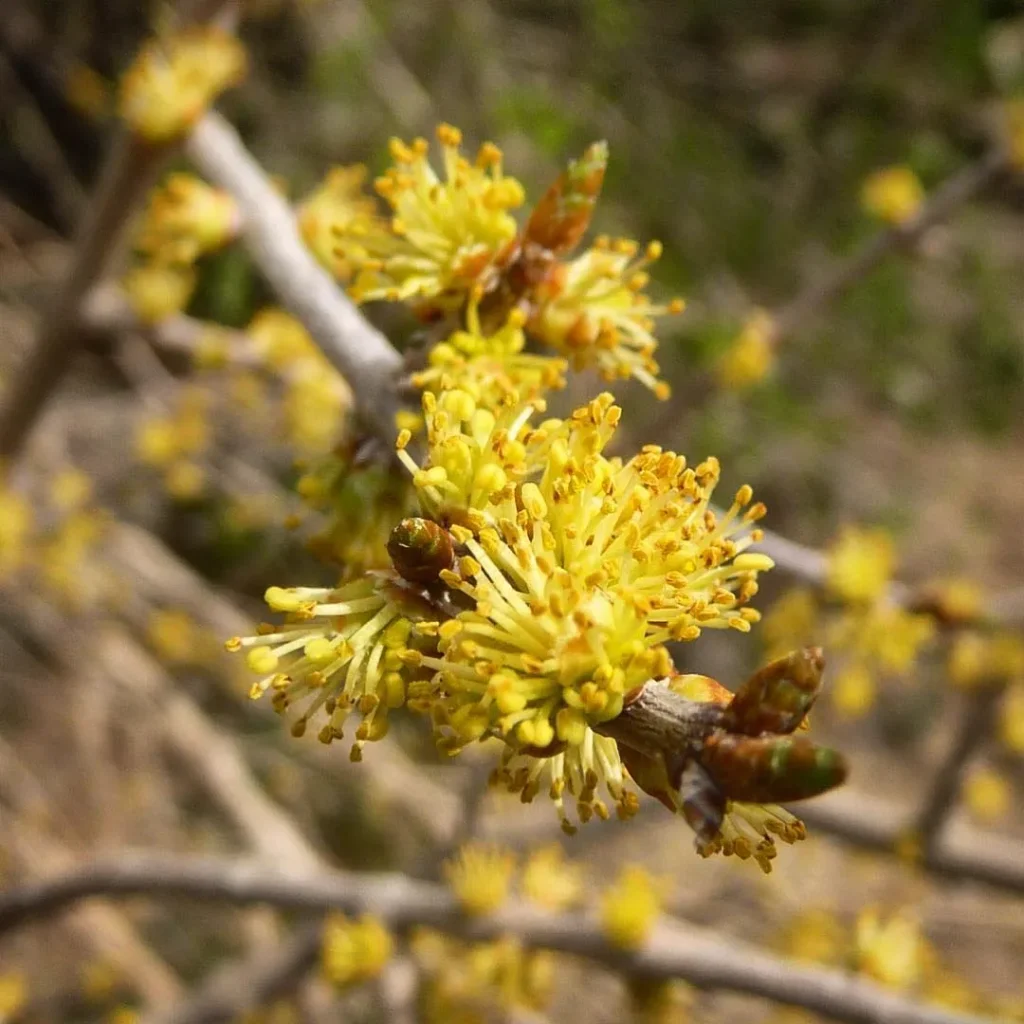
My Love Affair with the Hoya Burtoniae: A Fast-Growing Climber with Fragrant Blooms
As a passionate plant collector, I’m always on the lookout for unique and interesting additions to my indoor jungle. That’s how I stumbled upon the Hoya burtoniae, and let me tell you, it hasn’t disappointed. This fast-growing vining plant boasts stunning foliage and produces delightful, fragrant flowers – a true winner in my book.
566 Species in Genus Hoya
What is Hoya Burtoniae?
The Hoya burtoniae is a captivating member of the Apocynaceae family, native to the Philippines. This epiphytic climber, meaning it thrives on attaching itself to other plants or structures, is known for its captivating features. Its deep green leaves, often edged with a reddish hue, add a touch of vibrancy to any space. But the true showstopper is the blooms.
Hoya burtoniae produces clusters of small, star-shaped flowers with a captivating fragrance. The blooms boast a vibrant color palette, with deep pink to reddish petals contrasting beautifully with a bright yellow center. These fragrant flowers, often described as having a caramel-like scent, add a touch of sweetness to the air, especially during their five-day bloom period.
Hoya Burtoniae vs Bilobata
When I compare my Hoya Burtoniae to my Hoya Bilobata, the differences are subtle but significant to me. Burtoniae has these rich, velvety leaves that feel so lush and thick, almost like they’re inviting you to touch them. In contrast, Bilobata’s leaves are more petite and delicate, giving off an elegant vibe. When they bloom, Burtoniae’s flowers are a bit more robust and stand out more, while Bilobata’s flowers are smaller and a bit understated. Personally, I find Burtoniae to be a bit more forgiving in terms of care, as it seems to handle my occasional forgetfulness with watering better than Bilobata does.
Hoya Burtoniae vs Sp Aff
Hoya Sp Aff, on the other hand, tends to have a more sprawling and vine-like growth, which looks fantastic when trained around a trellis or allowed to climb. The leaves on Sp Aff are a bit larger and have a slightly different texture, almost waxier compared to Burtoniae’s velvety feel. For me, Sp Aff adds a wild, untamed element to my plant collection, while Burtoniae provides a touch of controlled elegance.
Hoya Burtoniae vs Tsangii
Between Hoya Burtoniae and Hoya Tsangii, I love how they both bring something unique to the table. Burtoniae’s leaves have that trademark fuzziness and dark green hue that I adore, whereas Tsangii has thinner, more lanceolate leaves that seem almost delicate in comparison. The blooms are where Tsangii really shines for me; its flowers are smaller but appear in such abundance that they create a stunning display of color. Burtoniae’s blooms are fewer but larger and more dramatic. I find that Tsangii requires a bit more attention to humidity levels to thrive, while Burtoniae is a bit more laid-back, making it a great starter Hoya for new plant enthusiasts.
How to care for Hoya Burtoniae?
One of the things I love most about the Hoya burtoniae is its relative ease of care. This makes it a perfect choice for both seasoned plant enthusiasts and beginners alike.
Light: Hoya burtoniae thrives in medium to bright indirect light. While it can tolerate lower light conditions, you’ll get the best foliage color and most frequent blooms by providing it with ample indirect sunlight.
Water: This plant prefers consistent moisture but dislikes soggy soil. I recommend using a well-draining potting mix and watering deeply when the top inch of soil dries out.
Humidity: While Hoya burtoniae can tolerate average household humidity levels, it truly flourishes in higher humidity environments. Grouping it with other humidity-loving plants or using a humidifier can create an ideal environment for your Hoya to thrive.
Temperature: This tropical beauty prefers warm temperatures, ideally between 65°F and 80°F (18°C and 27°C). Avoid exposing it to sudden temperature drops or cold drafts.
Fertilization: During the growing season (spring and summer), a monthly application of a balanced fertilizer diluted to half strength can encourage healthy growth and blooming.
Support: As a vining plant, Hoya burtoniae appreciates some form of support to climb on. A moss pole, trellis, or hanging basket are all excellent options.
Can I Propagate My Hoya Burtoniae?
Absolutely! The good news is that propagating Hoya burtoniae is a relatively straightforward process. There are two main methods you can employ: stem cuttings and leaf cuttings.
Stem Cuttings: Take a healthy stem cutting with at least two nodes during the growing season. Remove the lower leaves and dip the cut end in rooting hormone (optional). Plant the cutting in a well-draining potting mix and keep it moist but not soggy. Place it in a warm location with indirect light and wait patiently for roots to develop.
Leaf Cuttings: While less successful than stem cuttings, propagating with leaves is still possible. Select a healthy leaf with its petiole (leaf stalk) attached. Plant the petiole end in a well-draining potting mix and provide similar care as with stem cuttings.
Is Hoya Burtoniae Pet-Friendly?
Caution! Unfortunately, Hoya burtoniae, like many other members of the Apocynaceae family, contains sap that can be toxic to pets and humans if ingested. It’s best to keep this plant out of reach of curious furry friends and young children.
Additional Tips: Regularly inspect your Hoya burtoniae for common pests like mealybugs and scale. Treat any infestations promptly with insecticidal soap or neem oil. Repot your Hoya burtoniae every 1-2 years or when it outgrows its current pot.
The Hoya burtoniae has become a cherished member of my plant collection. Its easy-going nature, beautiful foliage, and fragrant blooms make it a true delight. With a little care and attention, you too can cultivate this captivating climber and add a touch of the tropics to your indoor space.
If i die, water my plants!


